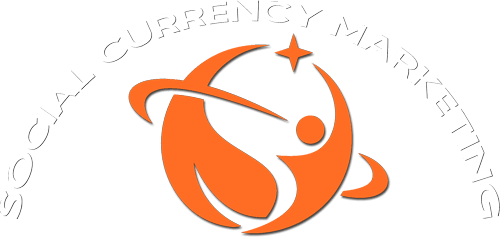In the fast-paced world of digital marketing, staying top-of-mind with your audience is no easy feat. Search Engine Marketing (SEM) has proven to be an effective tool for reaching potential customers. Still, it’s often the second or even third interaction that seals the deal. That’s where remarketing comes into play. In this blog, we’ll delve into the power of remarketing in search engine marketing, exploring how it can significantly enhance your marketing efforts and boost your ROI.
Understanding Remarketing in SEM
Remarketing, also known as retargeting, is a digital marketing strategy that focuses on re-engaging users who have previously interacted with your website, products, or content. This interaction could be anything from visiting your website to clicking on a product, filling a shopping cart, or subscribing to a newsletter.
The idea behind remarketing is simple: it’s easier to convert someone who has already shown an interest in your brand or product. Remarketing leverages cookies and other tracking technologies to identify users who have visited your website and then displays targeted ads to these users as they continue to browse the internet, across various websites and platforms.
Why Remarketing Matters
Remarketing is a crucial component of a comprehensive SEM strategy for several reasons:
1. Higher Conversion Rates:
Remarketing targets an audience that already has some level of familiarity with your brand. This leads to higher conversion rates compared to targeting entirely new audiences.
2. Brand Recall:
By repeatedly exposing users to your brand or products, remarketing reinforces your brand in their minds, making them more likely to remember and consider your offerings.
3. Reduced Abandonment:
For e-commerce websites, remarketing can help reduce cart abandonment rates by reminding users of the products they showed interest in.
4. Improved ROI:
Since remarketing focuses on a warm audience, it often provides a more cost-effective way to acquire new customers or close sales.
Types of Remarketing
Remarketing can be applied in various forms, depending on your objectives and the stage of the customer journey. Here are some common types of remarketing offered by the best SEO Company:
1. Standard Remarketing:
This involves showing ads to previous website visitors as they browse different websites and apps.
2. Dynamic Remarketing:
Typically used by e-commerce sites, dynamic remarketing displays products or services users viewed or added to their cart, along with personalized recommendations.
3. Remarketing Lists for Search Ads (RLSA):
This strategy targets previous visitors when they perform new searches on search engines. RLSA allows for customized bid adjustments and ad copy based on user behavior.
4. Video Remarketing:
If you use video content, this strategy lets you re-engage users who have interacted with your videos or YouTube channel.
5. Email Remarketing:
Email remarketing involves sending targeted emails to users who have abandoned their shopping carts or engaged with your newsletters.
Harnessing Remarketing in SEM
Now that we understand the importance of remarketing, let’s explore how to harness its power effectively in your SEM campaigns:
1. Define Clear Objectives:
Before diving into remarketing, establish clear goals. Are you looking to re-engage abandoned cart users, increase newsletter sign-ups, or drive repeat purchases? Defining objectives will shape your remarketing strategy.
2. Segment Your Audiences:
Not all users are at the same stage of the buying cycle. Segment your audience based on their interactions with your website. For instance, create segments for users who visited specific product pages, initiated the checkout process, or bounced from your homepage.
3. Craft Compelling Ad Creatives:
Remarketing ad creatives offered by search engine optimization services should be visually engaging and feature compelling calls-to-action. Use messaging that reminds users of what they were interested in, and consider offering exclusive discounts or promotions.
4. Set Frequency Caps:
While you want to re-engage users, bombarding them with ads can be counterproductive. Set frequency caps to control the number of times an ad is shown to a user within a specific time frame.
5. Optimize Landing Pages:
Ensure that the landing pages users are directed to be relevant and tailored to their interests. The user experience should be seamless and compelling.
6. Utilize Cross-Device Remarketing:
Many users switch between multiple devices, so it’s crucial to employ cross-device remarketing to reach them on various platforms.
7. Monitor and Analyze Performance:
Regularly monitor the performance of your remarketing campaigns. Analyze key metrics such as click-through rates, conversion rates, and return on ad spend (ROAS). Use this data to make adjustments and refine your strategy.
8. Test and Experiment:
Don’t be afraid to test different ad creatives, audience segments, and ad formats. A/B testing can reveal what works best for your specific audience.
Conclusion
Remarketing is a potent tool within the arsenal of search engine marketing. It allows you to re-engage users who have already shown an interest in your brand or products, significantly increasing the likelihood of conversion. By understanding the various types of remarketing, defining clear objectives, and implementing best practices, you can harness the power of remarketing to drive higher conversion rates, improve brand recall, and enhance your overall SEM strategy. In the ever-competitive digital landscape, remarketing is your secret weapon to keep your brand top-of-mind and boost your ROI.
Want to find out more? Visit us at Social Currency Marketing!



